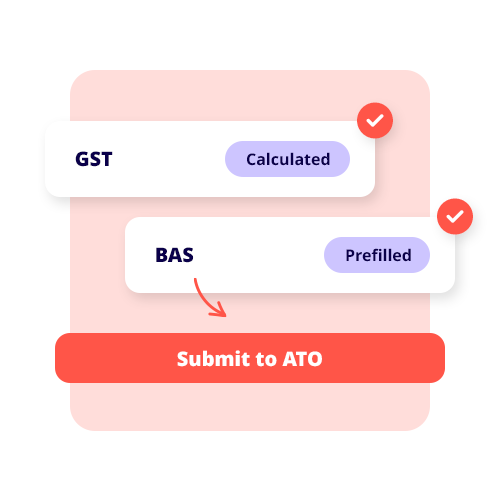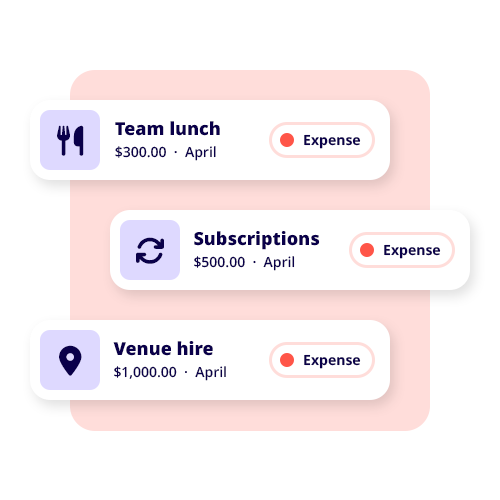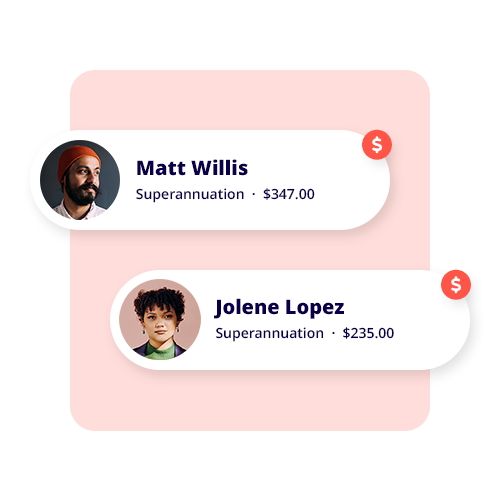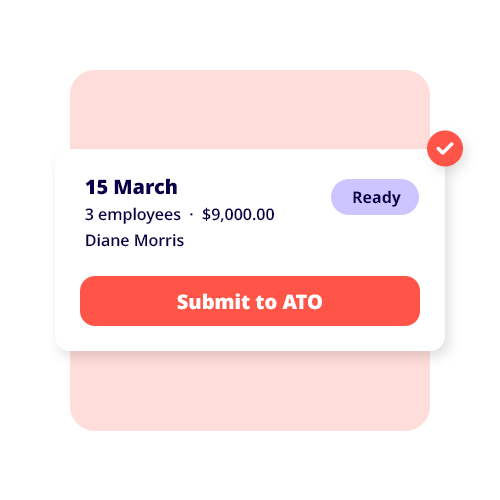A cash flow statement is a financial document that tracks how much cash is coming into and out of your business over time. An overview of your total incoming and outgoing cash will give you the clearest picture of your company’s liquidity by detailing cash inflows and outflows from operating, investing and financing activities.
Unlike an income statement, which includes non-cash transactions, a cash flow statement is just about actual cash flow. With this knowledge, you can better assess your ability to cover expenses and strategise for the future.
Why is having a statement of cash flows so important?
A cash flow statement is the best way to understand your business’s cash position. It can help business owners make informed decisions about their operations and investments.
The statement highlights whether a company has positive cash flow (more cash coming in than going out) or negative cash flow (spending more than earning). It can also help you predict future cash flow to determine whether your business can meet its obligations, such as interest payments, payroll, supplier costs, etc.
What’s included in cash flow statements?
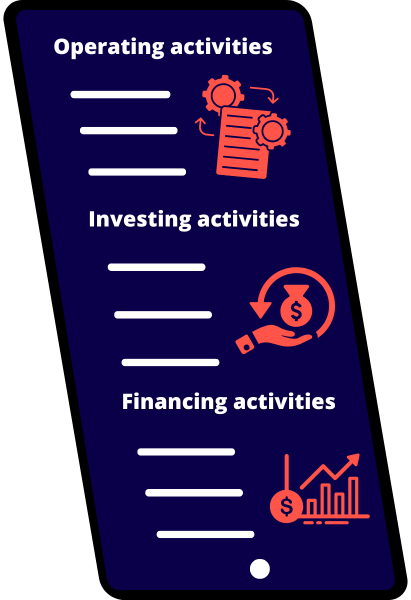
A cash flow statement tracks cash movements under three main categories:
Operating activities
- Cash flow from daily business operations, including cash from customers (accounts receivable) and payments made for operating expenses.
- Excludes non-cash items like depreciation.
- Can be calculated using a direct method (listing actual cash transactions) or an indirect method, which starts with net income and then adjusts for non-cash transactions.
Investing activities
- Cash flow from capital expenditures (capex) such as buying or selling marketable securities, equipment, real estate, etc.
- Also includes loans given to or received from other businesses.
Financing activities
- Cash flow from funding sources like bank loans, issuing shares or repaying debts (notes payable).
- Can help you decide whether to raise more money or pay off your liabilities.
How to calculate cash flow
Start with the opening cash balance at the start of a specific period, then add the total incoming cash generated from your operating, investing and financing activities.
Next, you’ll need to subtract the total cash paid for expenses and debt repayments and adjust for non-cash items to calculate the net cash flow.
The final figure represents your closing cash balance, clearly showing how much cash your business has on hand.
How a cash flow statement compares to other financial statements
- Cash flow statement vs. income statement: An income statement reports net earnings based on revenue and expenses, including non-cash transactions, whereas a cash flow statement shows only actual cash transactions.
- Cash flow statement vs. balance sheet: A balance sheet lists your company’s assets, liabilities and equity at a specific time, while a cash flow statement shows how cash has moved around over a period.
Using a cash flow statement to supercharge your business performance
Still not convinced that creating a cash flow statement is worth the time and effort? A well-put-together cash flow statement can help your business:
- Monitor your cash balance to avoid any potential liquidity crises.
- Dive deep into your current business activities and plan for future growth.
- Lock in short-term investments or financing activity based on your projected cash flow.
- Make strategic decisions around capex and how you allocate resources.
Bottom line? As a business owner, understanding your operating cash flow is the best way to stay on top of your commercial finances. If you can’t manage it yourself, get your bookkeeper or accountant to regularly put together a statement of cash flows (which includes cash equivalents) so you can make the most informed decisions about your next steps.














